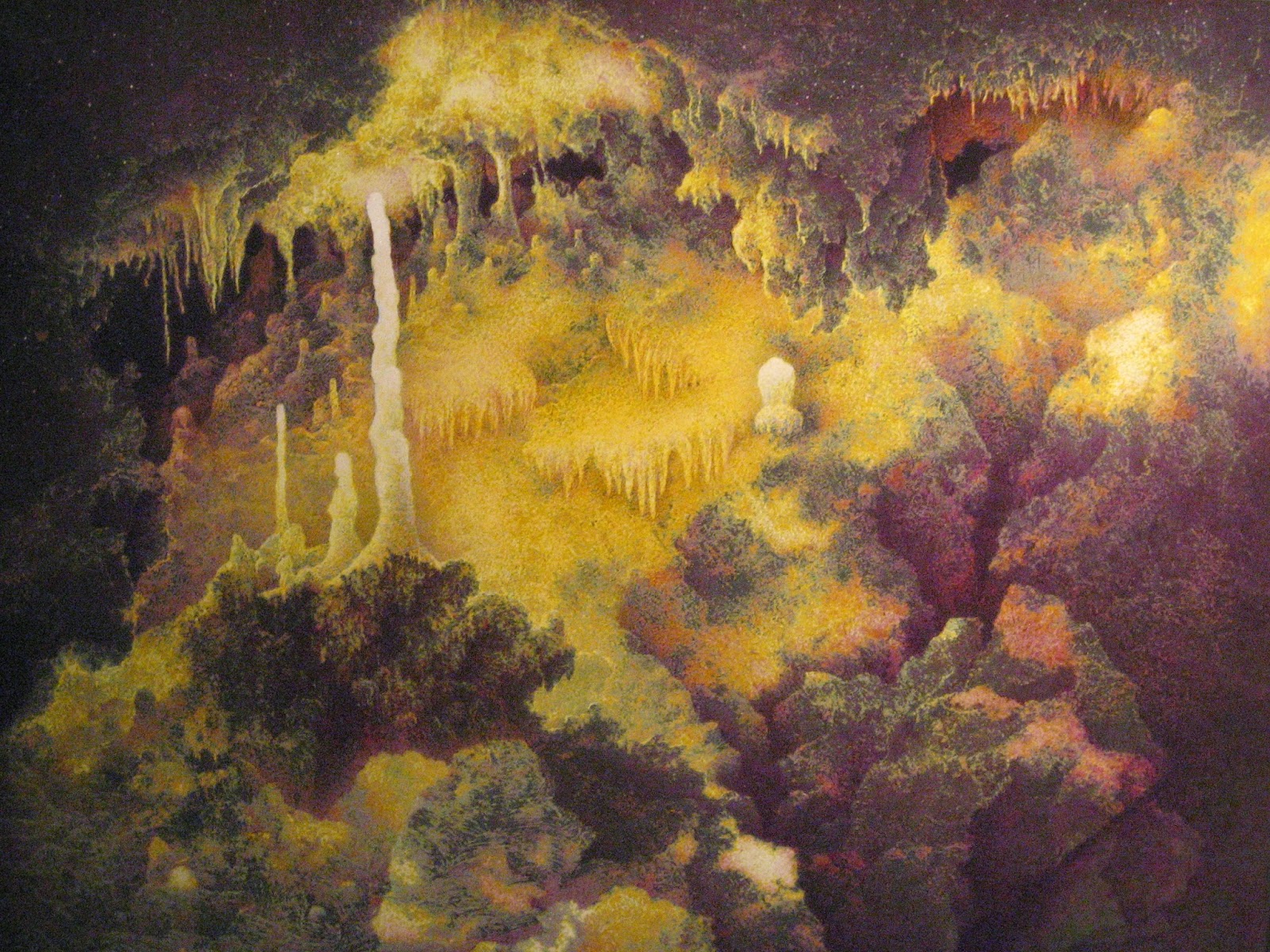If you're joining us here, please click on March under the 2014 link on the right to start at the beginning of this ride. This blogger thing goes from the bottom up, oldest posts to newer.
So. What did you like best? Cadiz, the oldest, continuously inhabited city in Europe?
Seville with it's bullring, Cathedral and Giraldo tower, Alcazar Palace and gardens, Flamenco shows, Plaza de Hispana, horses and the Guadalquiver river?
Did you enjoy seeing the tulips in Leiden before they were all harvested?
I'm still enjoying a Spanish tan, and of course the pictures are uploading fine on my new tablet now. Still a problem getting the pictures from the tablet to a PC or cloud. And there's the whole regular SD chip versus mini SD chip. I have hope again that there is a converter for Android.
For now I am content to have gotten pictures to share with you on this ride.
I am hoping you too can savor the cawing of small, green parrots in the trees of Cadiz and Sevilla, the call of seagulls over North Sea waves and the rumbling slapping at massive sea walls. I hope you too are pondering civilizations long before America...actually right around the time Columbus got the funding to sail from Isabella. And before that (how did those Phoenicians get to Cadiz?) And what about those Mudajar sciences and universities and paved streets with lighting and arts and spices and foods and plants and narrow streets to beat the heat and paradisio patio gardens. For 700 years; burned into the culture that is Andelucia.
I leave you with parting shots ...
So. What did you like best? Cadiz, the oldest, continuously inhabited city in Europe?
Seville with it's bullring, Cathedral and Giraldo tower, Alcazar Palace and gardens, Flamenco shows, Plaza de Hispana, horses and the Guadalquiver river?
Did you enjoy seeing the tulips in Leiden before they were all harvested?
I'm still enjoying a Spanish tan, and of course the pictures are uploading fine on my new tablet now. Still a problem getting the pictures from the tablet to a PC or cloud. And there's the whole regular SD chip versus mini SD chip. I have hope again that there is a converter for Android.
For now I am content to have gotten pictures to share with you on this ride.
I am hoping you too can savor the cawing of small, green parrots in the trees of Cadiz and Sevilla, the call of seagulls over North Sea waves and the rumbling slapping at massive sea walls. I hope you too are pondering civilizations long before America...actually right around the time Columbus got the funding to sail from Isabella. And before that (how did those Phoenicians get to Cadiz?) And what about those Mudajar sciences and universities and paved streets with lighting and arts and spices and foods and plants and narrow streets to beat the heat and paradisio patio gardens. For 700 years; burned into the culture that is Andelucia.
I leave you with parting shots ...
























































